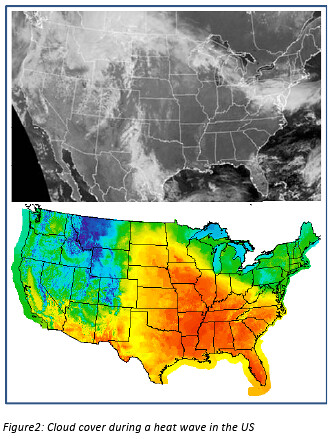 The tornado was an F2 in Lowndes County and an F3 in Lanier.
It went west to east, wrote the NWS in Tallahassee.
The
pictures we posted that day
were apparently where it first touched down, and even then
it ripped limbs off of trees and broke some off and threw them.
The tornado was an F2 in Lowndes County and an F3 in Lanier.
It went west to east, wrote the NWS in Tallahassee.
The
pictures we posted that day
were apparently where it first touched down, and even then
it ripped limbs off of trees and broke some off and threw them.
According to the National Weather Service Weather Forecast Office in Tallahasse, Severe Weather & Flooding Event of March 3, 2012; Lowndes-Lanier Co. EF3 Tornado,
The most significant damage of the severe weather event in south Georgia and north Florida was caused by a tornado that moved from just northwest of Moody Air Force Base to near Lakeland, Georgia. The damage was assessed by a survey team from the National Weather Service in Tallahassee. Most of the damage was consistent with an EF1 or EF2 tornado on the Enhanced Fujita Scale. However, the most severe damage — near Boyette Road and Highway 122 — was consistent with an EF3 rating on the Enhanced Fujita Scale. Maximum wind speeds were estimated to be around 140 mph at that location.As you can see by NOAA’s map, the tornado was an EF0, EF1, and EF2 while it was in Lowndes County, (as Ashley Tye told the Lowndes County Commission this morning), rising to an EF3 in Lanier County, peaking at 140 mph winds.
-jsq








